Idea by
Lukas Klingsbichel
LUKAS KLINGSBICHEL studio for design
Call for ideas 2018
Digital Nature
Digital Nature
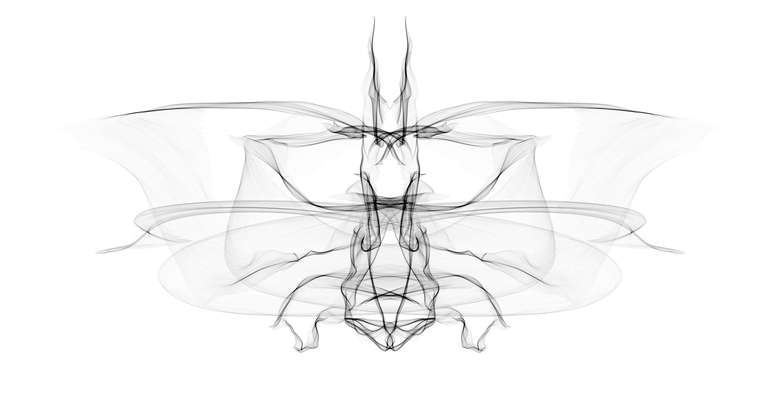
The development of the computer-controlled three-dimensional production technologies moves in its resolution towards cellular scale. In their dimensions, whole buildings can already be realized. Every month, new techniques are discovered that make it possible to produce structures made of sand, concrete, metal, glass, plastics, organic materials according to digitally designed blueprints. The progress in the development of generative software algorithms makes a simulation of organic or inorganic growth behavior possible. They can; configured by set parameters; consider an infinite number of aspects much more efficiently in the design of constructs than us humans. A waste-free architecture is the result of this efficiency. It is time to imitate nature and to leave control of our resources to the rationality of her design.
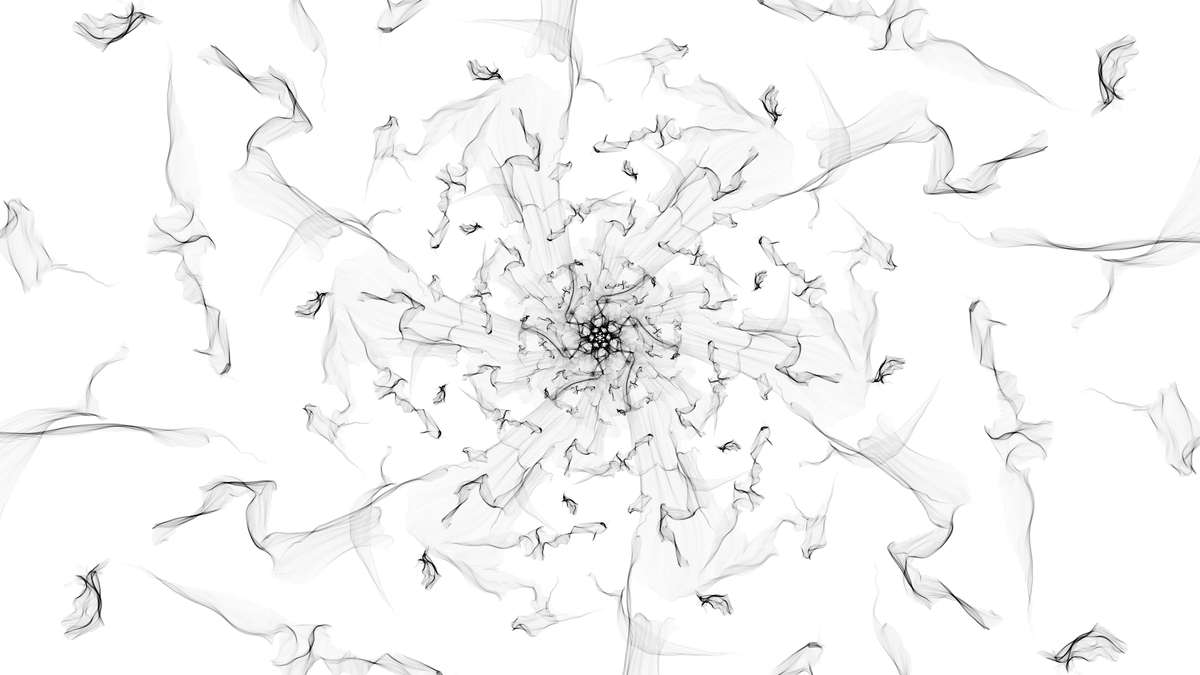
To achieve an actual assembly of various to micrometer scale reduced materials according to generative blueprints requires three-dimensionally movable universal print heads which can manipulate materials chemically and physically at the exit nozzle. The raw materials must be reduced to the appropriate scale beforehand.
Picture: CORE
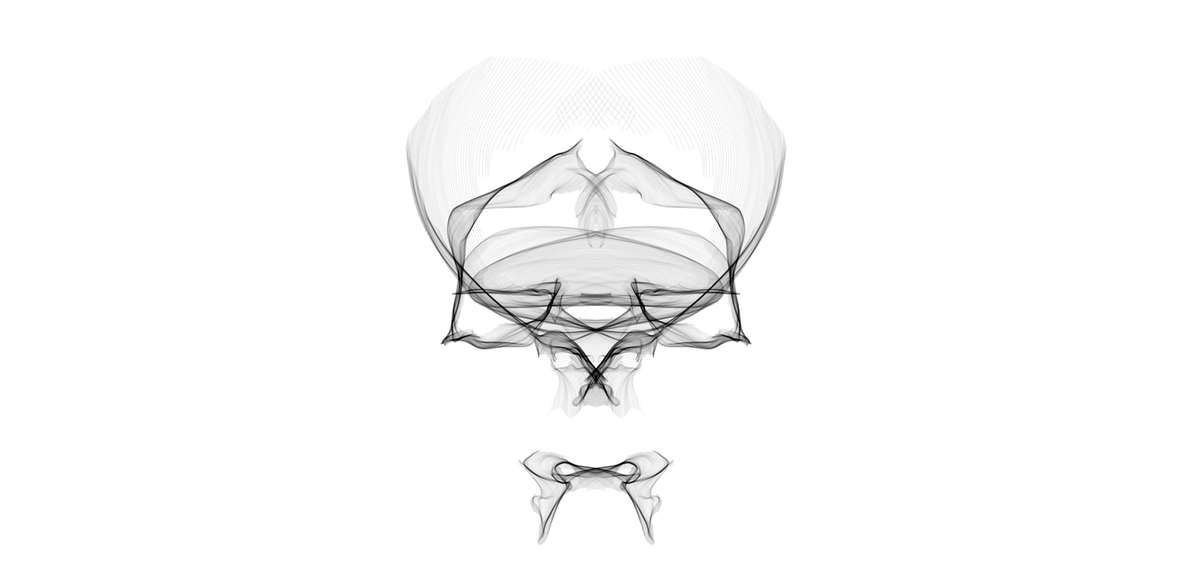
Not only the production of constructs by 3D-application but also the automated transport of the building materials, the processing of the raw materials could be done completely by machine. The result is a social change. If governments remain in control of this development, unconditional prosperity for all can arise.
Picture: SCULL

Can man still afford the irrationality of an artistic approach in design in view of the global scarcity of resources?
Picture: SHELL
These illustrations were created by Lukas Klingsbichel utilizing the generative design software 'weavesilk'
Digital Nature
Digital Nature

The development of the computer-controlled three-dimensional production technologies moves in its resolution towards cellular scale. In their dimensions, whole buildings can already be realized. Every month, new techniques are discovered that make it possible to produce structures made of sand, concrete, metal, glass, plastics, organic materials according to digitally designed blueprints. The progress in the development of generative software algorithms makes a simulation of organic or inorganic growth behavior possible. They can; configured by set parameters; consider an infinite number of aspects much more efficiently in the design of constructs than us humans. A waste-free architecture is the result of this efficiency. It is time to imitate nature and to leave control of our resources to the rationality of her design.
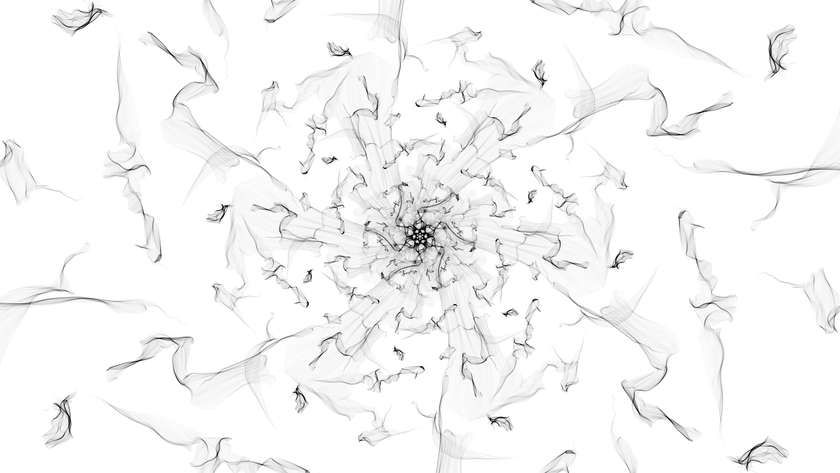
To achieve an actual assembly of various to micrometer scale reduced materials according to generative blueprints requires three-dimensionally movable universal print heads which can manipulate materials chemically and physically at the exit nozzle. The raw materials must be reduced to the appropriate scale beforehand.
Picture: CORE

Not only the production of constructs by 3D-application but also the automated transport of the building materials, the processing of the raw materials could be done completely by machine. The result is a social change. If governments remain in control of this development, unconditional prosperity for all can arise.
Picture: SCULL
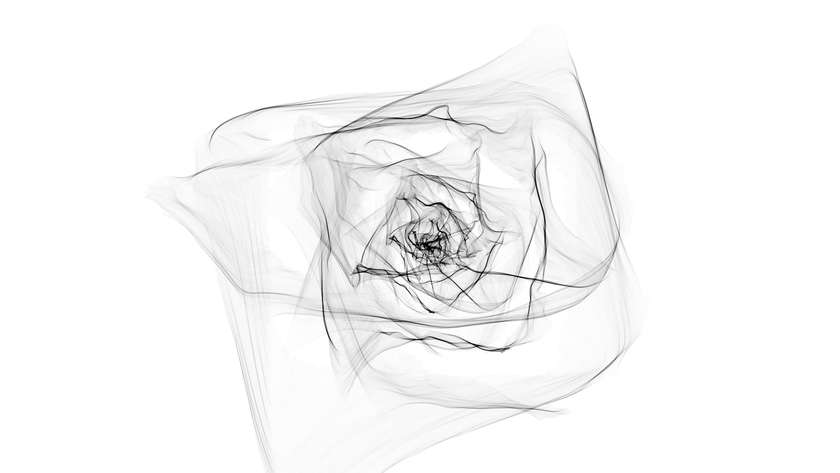
Can man still afford the irrationality of an artistic approach in design in view of the global scarcity of resources?
Picture: SHELL
These illustrations were created by Lukas Klingsbichel utilizing the generative design software 'weavesilk'